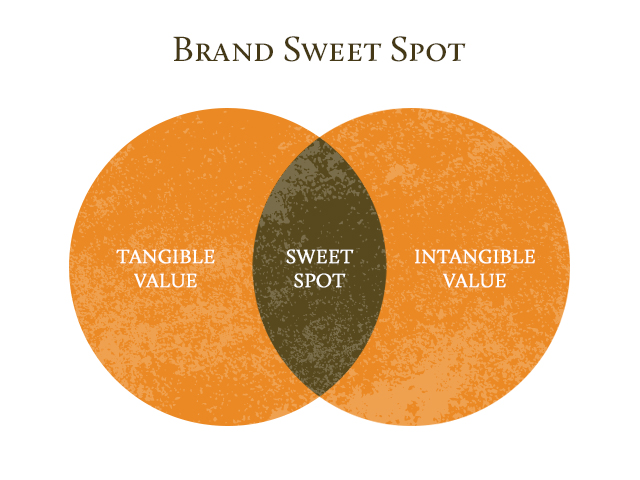Unlock the Magic in Your Story Now
Get the Free 20 questions to Ask Before Launching Your Idea workbook when you sign up for occasional updates.
Get the Free 20 questions to Ask Before Launching Your Idea workbook when you sign up for occasional updates.
Articles filed in: Strategy
The Purpose Of Brand Storytelling
filed in Marketing, Storytelling, Strategy
 Every September while my son was growing up there was a ritual to be upheld. Of course we had the usual beginning of school year things to do and a checklist to follow, but what Adam really cared about more than all of that, was choosing the football boots he would wear for that season. Football is more than a sport in England, it’s a badge of belonging. It’s also a shortcut to mattering to your peers. The boots are a part of the story the young player tells himself about what he’s setting out to achieve that season and how he’s going to matter.
Every September while my son was growing up there was a ritual to be upheld. Of course we had the usual beginning of school year things to do and a checklist to follow, but what Adam really cared about more than all of that, was choosing the football boots he would wear for that season. Football is more than a sport in England, it’s a badge of belonging. It’s also a shortcut to mattering to your peers. The boots are a part of the story the young player tells himself about what he’s setting out to achieve that season and how he’s going to matter.
I’m not sure how or when the adidas Predator brand of football boots became part of Adam’s story, but these were the boots he rationalised were ‘the best’ and only they in turn would make him be ‘his best’. He never, ever wore any other football boots. These weren’t just boots though, they were months of hopes and dreams about goals that might be scored, or games that could be won with a single accurate cross, wrapped up in red leather with three sliver stripes down the side.
It’s easy to get caught up in the ‘how to’ of telling your brand story and even easier still to believe that the primary reason to invest in telling it is to sell more. But brand storytelling should primarily be the driver of participation, not sales. The way we enable our customers to attach meaning to our products and the reason they want to belong.
Because when people feel like they belong—that they are part of the brand story and can own it, they become loyal customers. It turns out that the best brands in the world are a set of co-dependent shared stories, a two way experience between the customer and the brand.
The brands we really love are the ones that create difference for us, they make us feel like we belong, that we are part of their story and they are part of ours. Just like adidas became part of my son’s story when he was growing up.
Image Tito Perez.
Thinking About Marketing As A Strategy For Growth Not Just Sales
 Mostly we market to sell more.
Mostly we market to sell more.
The restaurant owner who tells his staff to remember to ‘push drinks and bottled water’ is marketing for increased sales today.
The alternative is to be the marketer who bakes growth into his business by delighting customers, giving them a story they want to tell (and a way to share it).
The modern marketers at technology startups call this growth hacking. Growth hackers optimise their businesses to acquire new customers by first delighting one customer and then making it easy for that customer to share the story with their friends. They win by delivering on a promise, by connecting customers and having a plan not just to sell more to each customer today, but to give every person more to talk about and an easy way to do that.
Last year hotels in New York lost out on a million booked nights because of Airbnb. The hotel’s strategy has been been to maximise revenue from each captive guest, while Airbnb’s has been to facilitate a real travel experience one guest, one host at a time.
It turns out that growth hacking is really the practice of creating and leveraging word of mouth with intention and it’s not confined to technology businesses. When we market for long term growth and not just sales we adopt a different posture. We’re in the business of doing the right thing by every customer over time and we begin each day by asking a different set of questions.
The salesperson asks, “How much can I sell?”
The gifted modern marketer asks, “How much difference can I create?”
Image by Lady K.
How To Disrupt The Market
 Do you remember the days when printed news was so valued that there were two editions of the daily newspaper? People waited at the local shops for evening editions to arrive at 4pm and paperboys weaved between cars which were stopped at a red light during rush hour where drivers also waited with exact change to receive the news.
Do you remember the days when printed news was so valued that there were two editions of the daily newspaper? People waited at the local shops for evening editions to arrive at 4pm and paperboys weaved between cars which were stopped at a red light during rush hour where drivers also waited with exact change to receive the news.
My grownup sons have never bought a newspaper and they never will. They don’t wait to receive the news, they make it appear on demand when they want it, on their terms. The double-digit decline in newspaper circulation isn’t a surprise and it’s certainly not news to anyone anymore.
We might say that the Internet and mobile devices disrupted the print media market. But before innovation can disrupt the market it must disrupt the moment—that point where a single person feels or perceives something that causes them to change how they act. Everyone didn’t stop buying newspapers back in 2007 when Twitter launched. It isn’t one sudden seismic shift that creates change, but a billion tiny incremental movements in the moment.
We are often impatient when we want to change how people act (which is why marketing exists after all). This impatience is the reason health campaigns and other traditional marketing efforts often fail to miss the mark. They try to change everything and everyone all at once. But lasting change doesn’t happen that way.
If you want to disrupt your market look for opportunities to change a single micro-moment, one person at a time.
Image by Dmitri Korobtsov
What Problem Are You Solving?
filed in Marketing, Storytelling, Strategy
 Every venture capitalist will tell you that the best startup pitches focus more on the problem than on the solution. A potential investor may give you just a single sentence to make them understand why your idea will succeed in a world where most people have what they need.
Every venture capitalist will tell you that the best startup pitches focus more on the problem than on the solution. A potential investor may give you just a single sentence to make them understand why your idea will succeed in a world where most people have what they need.
And yet, as business owners we get so caught up in our solution that we forget to focus on the problem we solve and who we solve it for. Framing the problem you solve in just one sentence is a great discipline and one that most businesses have never practiced, which is why the ones that do succeed.
The Single Sentence Problem
Warby Parker—Why do glasses cost as much as an iPhone?
Dropbox—People have no reliable way to store, access, update, save and share their files and data from one place, a USB or an emailed file doesn’t cut it.
Mint—’You spend the majority of your life working for your money, but do you know how your money works for you?’
Dollar Shave Club—Men are paying too much for shave tech they don’t need.
Swish Online—Australian bloggers can’t access quick and easy website support from a human in real time when they have a problem.
Uber—Why can’t I just push a button and get a ride?
Now it’s your turn.
Image by Emil Zakhaviev.
The Entrepreneurial Paradox
filed in Strategy
 By definition entrepreneurs undertake to build whatever they are building at considerable risk to themselves. They do what humans are not naturally evolved to do, which is break free from the pack to try something different—something that might not work and may leave them exposed and on the edge, away from the apparent safety and security of the pack.
By definition entrepreneurs undertake to build whatever they are building at considerable risk to themselves. They do what humans are not naturally evolved to do, which is break free from the pack to try something different—something that might not work and may leave them exposed and on the edge, away from the apparent safety and security of the pack.
Mostly entrepreneurs take these risks not because they have to put food on the table, but because they are driven to and because they sense opportunity. When you break away from the pack a lot of your support mechanisms fall away. There is no hiding, no camouflage, there is only truth.
The truth scares people, but it turns out that the truth is at the heart of every opportunity that is realised. Once you’ve gone deep enough to really understand the problems you are trying to solve and once you have found a way to ask and answer the right questions with honesty you are that much closer to realising the potential of the opportunity before you.
I was working with a group of clients recently and we came to some hard conclusions together about the direction their startup was headed and the story they were telling. To their enormous credit they immediately embraced the pivot, understanding that their business would be stronger for it in the long run.
The paradox of course is that it’s even harder to be honest with yourself when you are out there on the edge, exposed and vulnerable, but going to where the pack fears going is where the opportunity lies.
Image by Nathan Rupert.
Shortcuts And Workarounds
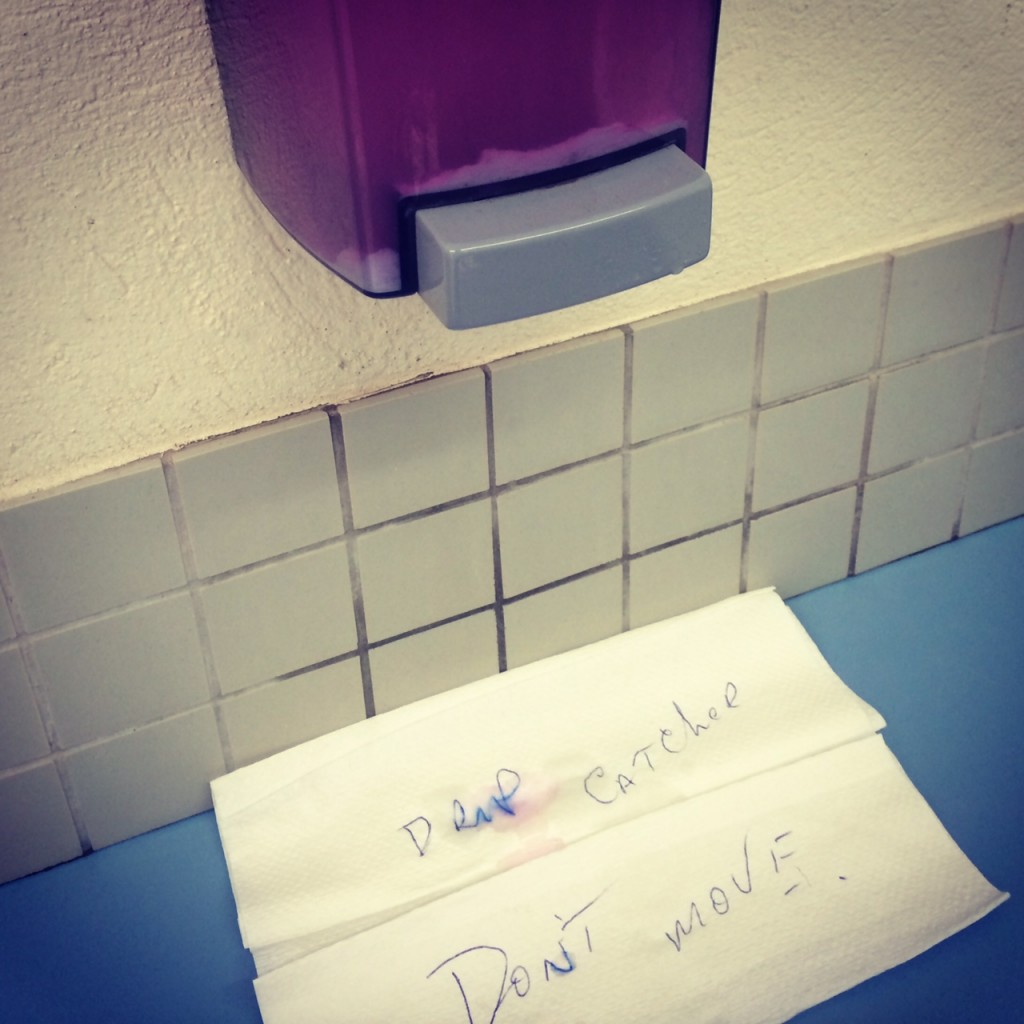 I found this shortcut under the soap dispenser in the ladies toilet at a local cafe and it made me smile. It also made me think about the person who put it there, someone looking for a shortcut in a moment of efficiency
I found this shortcut under the soap dispenser in the ladies toilet at a local cafe and it made me smile. It also made me think about the person who put it there, someone looking for a shortcut in a moment of efficiency
(or procrastination)—as we all do.
What if your shortcut isn’t really a shortcut? What if the only shortcut is actually sitting yourself in the chair and doing the work, or walking across to your boss’s office to have the awkward conversation.
You can waste a lot of time trying to manage the effects of the drip, or you can solve the problem.
Sometimes the best workaround isn’t to find a workaround at all.
How Should The Shift To Mobile Affect Your Marketing?
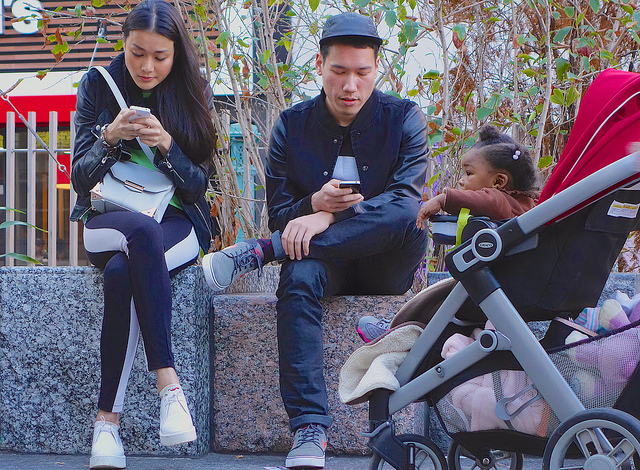 As the tag team of baristas was making my coffee one morning, I noticed the girl with the milk jug take her phone from her apron pocket and begin scrolling through her Facebook feed while she waited for her partner to pull the shot. More proof if I needed it that our mobile devices are no longer a utility—they are a reflex.
As the tag team of baristas was making my coffee one morning, I noticed the girl with the milk jug take her phone from her apron pocket and begin scrolling through her Facebook feed while she waited for her partner to pull the shot. More proof if I needed it that our mobile devices are no longer a utility—they are a reflex.
The statistics about how people are accessing your ideas, content and marketing messages are hardly relevant anymore. The shift to mobile is no longer news, it’s a fact of life.
As marketers we spend a lot of of our time focusing on how and where we are going to reach people. But what’s more important to understand than how people behave, is what’s driving that behaviour and what the opportunity is for you to influence it. It’s not the adoption of the device or platform that’s important, it’s how access to the platform changes how people, feel, think and act that you need to focus on.
It isn’t just where you meet people that counts, it’s how you show up for them within the context of their lives that matters. Yes, you need to meet your customers where they are, but how are you going to make an impact on them when you do?
Image by Ed Yourdon.
 As marketers we invest a great deal of time and money working out how to tell the story of our products. But if we can agree that marketing is giving people something to talk about, why aren’t we using resources in equal measure to do that. What if we began with a new set of questions?
As marketers we invest a great deal of time and money working out how to tell the story of our products. But if we can agree that marketing is giving people something to talk about, why aren’t we using resources in equal measure to do that. What if we began with a new set of questions?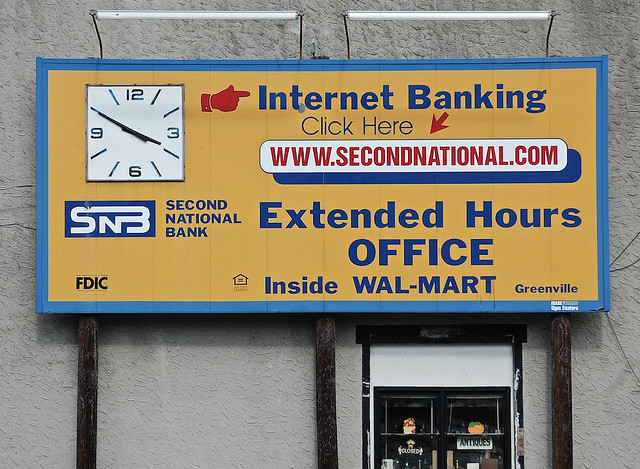 How do you feel when you click on a banner ad?
How do you feel when you click on a banner ad?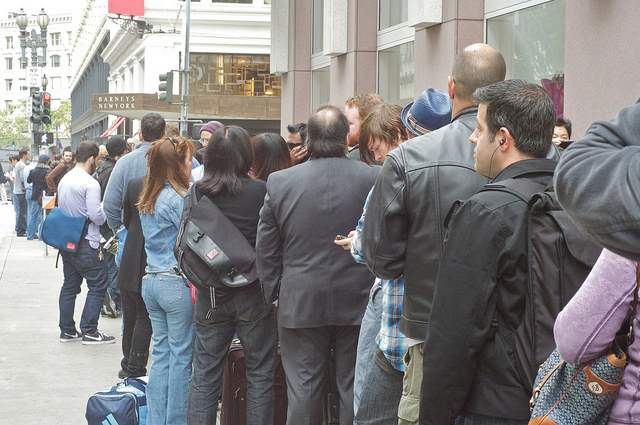 Every time I upgrade my phone the guys at Virgin try to convince me that there are much better options than the iPhone. When they ask me why I prefer the iPhone I never have a definitive answer. It’s not always easy to put that kind of value into words.
Every time I upgrade my phone the guys at Virgin try to convince me that there are much better options than the iPhone. When they ask me why I prefer the iPhone I never have a definitive answer. It’s not always easy to put that kind of value into words.